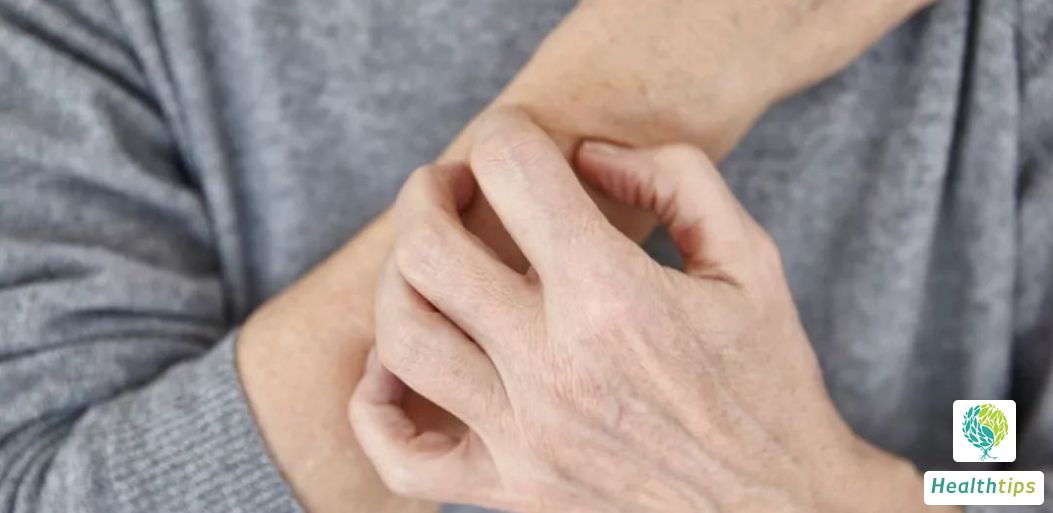What is Aminosugar Therapy?
When the human body experiences high levels of fatigue or exposure to harmful substances, it may experience various discomforts. In such cases, medicinal intervention is necessary. One common method is the glucosamine therapy. So, what is glucosamine therapy? Glucosamine is a monosaccharide, which is the basic substance for synthesizing collagen fibers and proteoglycans in articular cartilage. It is easily absorbed by the human body and helps restore the body to a better state. Let's take a closer look at the introduction of glucosamine therapy to gain a deeper understanding.

The main role of glucosamine therapy is generation and repair. Glucosamine can stimulate articular cartilage cells to synthesize collagen fibers and proteoglycans in the human body, repair worn or eroded articular cartilage and surrounding soft tissues, and generate new articular cartilage and synovial membranes to restore the function of joints and surrounding soft tissues. Additionally, glucosamine can promote and supplement synovial fluid in the human body, lubricating the surface of articular cartilage and reducing friction. Synovial fluid provides sufficient nutrition for articular cartilage. Side effects of glucosamine usually occur when exceeding the recommended dosage, which may damage pancreatic cells and increase the risk of diabetes.
Glucosamine is an important component of strongly hydrophilic proteoglycans. It repairs damaged cartilage and surrounding tissues by synthesizing human collagen. It can also generate new articular cartilage and synovial membranes to restore the function of joints and surrounding soft tissues. Glucosamine controls the health of human bones and joints while regulating the metabolism of articular cartilage and synovial membranes to maintain a balance between them. Glucosamine therapy is a new method for treating bone and joint diseases by supplementing exogenous glucosamine.
The indications for glucosamine therapy mainly include degenerative knee arthritis, lumbar spine diseases, degenerative osteoarthritis of the hands and feet, cervical spondylosis, synovitis, bursitis, and meniscus wear. The suitable population for glucosamine therapy mainly includes individuals who need to treat or improve osteoarthritis, prevent osteoarthritis and sports injuries, prevent cervical and lumbar spine diseases for those who sit for extended periods, prevent osteoarthritis of the feet for women who wear high heels, and prevent various degenerative arthritis. It should be noted that glucosamine is contraindicated for pregnant women, children, and adolescents with normal joints. Diabetic patients should use it under the guidance of a doctor.



















